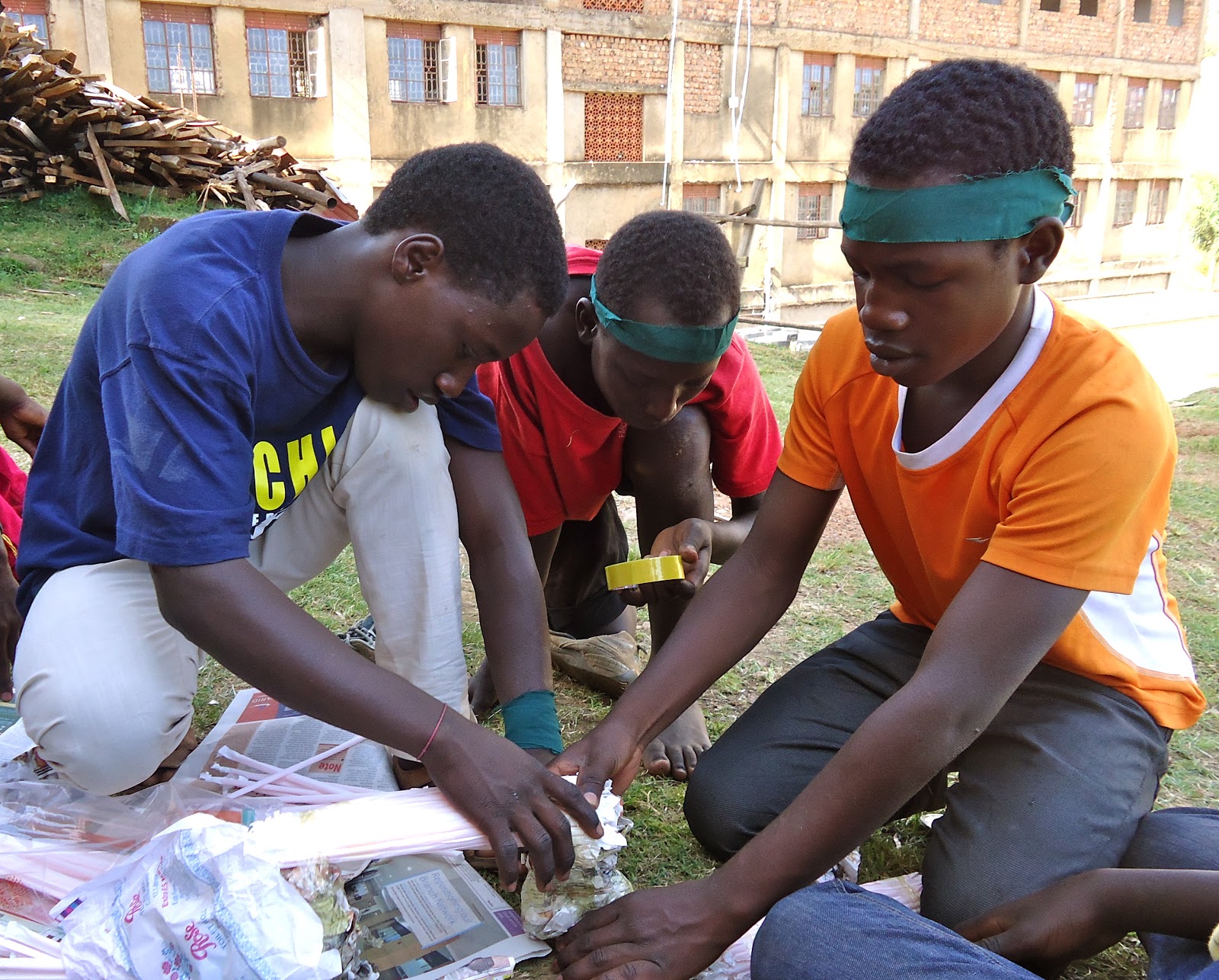Just over 12 weeks ago I arrived in Uganda for what has been
one of the best experiences of my life. Although, this is definitely not what I
thought when I first arrived.
Walking into room M90 in Nana Hostels on Thursday 24th
January feels like a lifetime ago. At that time I didn’t know how I was going
to cope in these four walls never mind in this country. Yet, over the last 12
weeks Nana Hostels has become home, a place where the staff all know us, a
place where we have shared many laughs, had several cups of tea and ate a
fridge full of chocolate. Just as Holmes (2009, p. 234) explains, ‘where we
love is home. Home that our feet may leave, but not our hearts”, Nana Hostels
has become home for the last 3 months.
 |
| Joanna opening our door for the LAST time! |
Similarly we quickly adjusted to the country, its food and
its people. This was helped by the fact that Joanna and I had already visited
Uganda in August but being in a completely different area and not surrounded by
a team of white people definitely took some getting used to.
 |
| Matheus, our boda man. |
Over the last 12 weeks we have been overwhelmed by the
friendliness of the Ugandan people, the incredible children with their big
smiley faces and accustomed the constant shouting of ‘Mzungo, Mzungo’. The boda
boda men now know us by name, the places we like to visit and after a few weeks
of bartering they now know how much they can charge us. We have also made
friends with a few students from the university, and with the volunteers, which
we have worked with. This week has been full of saying goodbye to these people
that have played a huge role in our Ugandan experience.
| Our university class |
“Many people will walk in and out of your life, but only
true friends will leave footprints in your heart” (Roosevelt, 2005, p. 35)
 |
| Joanna and I with our bestie Hannah. |
In terms of food, we expected to be eating rice everyday
with minimal meat or chicken however we have been pleasantly surprised. We have
been able to buy essentials for breakfast and lunch from the local supermarket
and then in the evenings we have eaten a lot of local food, which we actually
quite like. We have also food a number of delicious restaurants where we can
have a taste of home. Although, there have still been times where we have
craved a home cooked meal with lots of vegetables and a lovely big dessert.
In some ways Uganda has been exactly what Joanna and I
expected. However, we have also learnt a lot about the country and its people
while we have been here. By attending university and participating in school
practice here, I feel that I definitely developed professionally and learnt
skills that I will be able to use in the classroom at home. Being out of my comfort zone and living
in this third world country has helped me develop personally in ways in which I
never expected. I can relate to Byram and Feng (2006) as I know I have developed
new perspectives and unexpected learning has occurred meaning that studying
aboard has been a greatly valued experience.
Overall my international experience in Uganda has been
amazing and one that I will never forget.
Now to catch a plane to South Africa in the morning…see you
in 4 weeks Northern Ireland.
 |
| Two best friends! |
References:
Byram, M. and Feng, A. (2006) (Ed) Living and Studying
Abroad: Research and Practice, Clevedon, Multilingual Maters Ltd.
Holmes, J. (2009) Exploring
in Security Towards an Attachment-Informed Psychoanalytic Psychotherapy, East
Sussex, Routledge.
Roosevelt, F., D. (2005) My
Friends: Twenty Eight History Making Speeches, Kessinger Publishing.




































